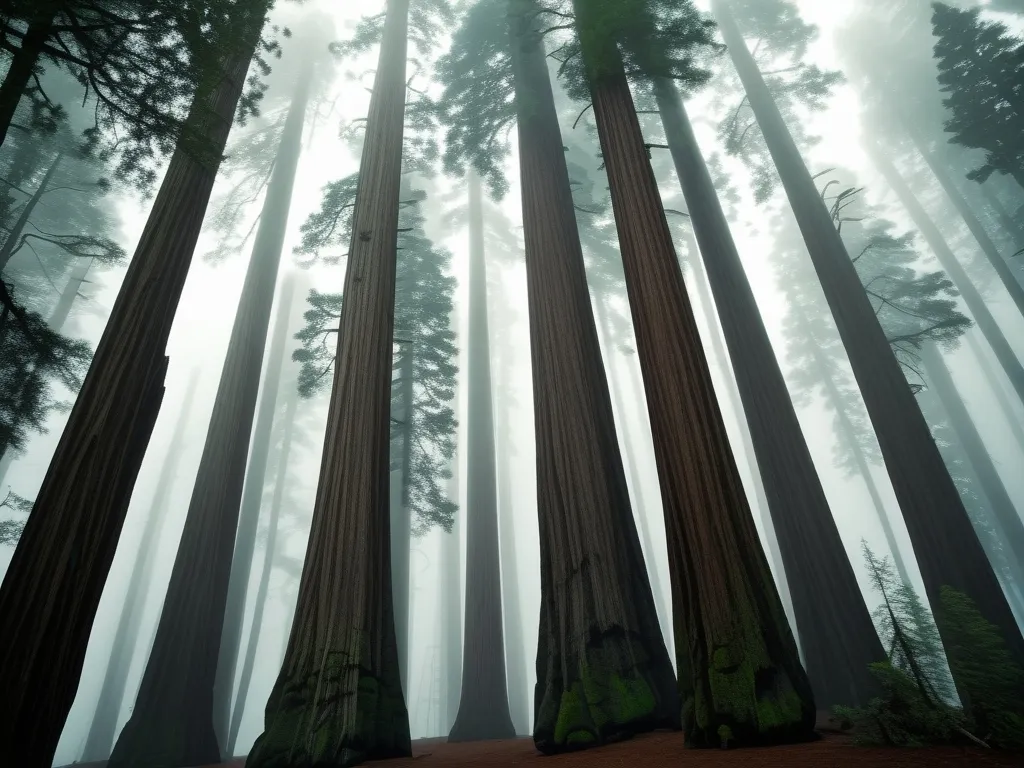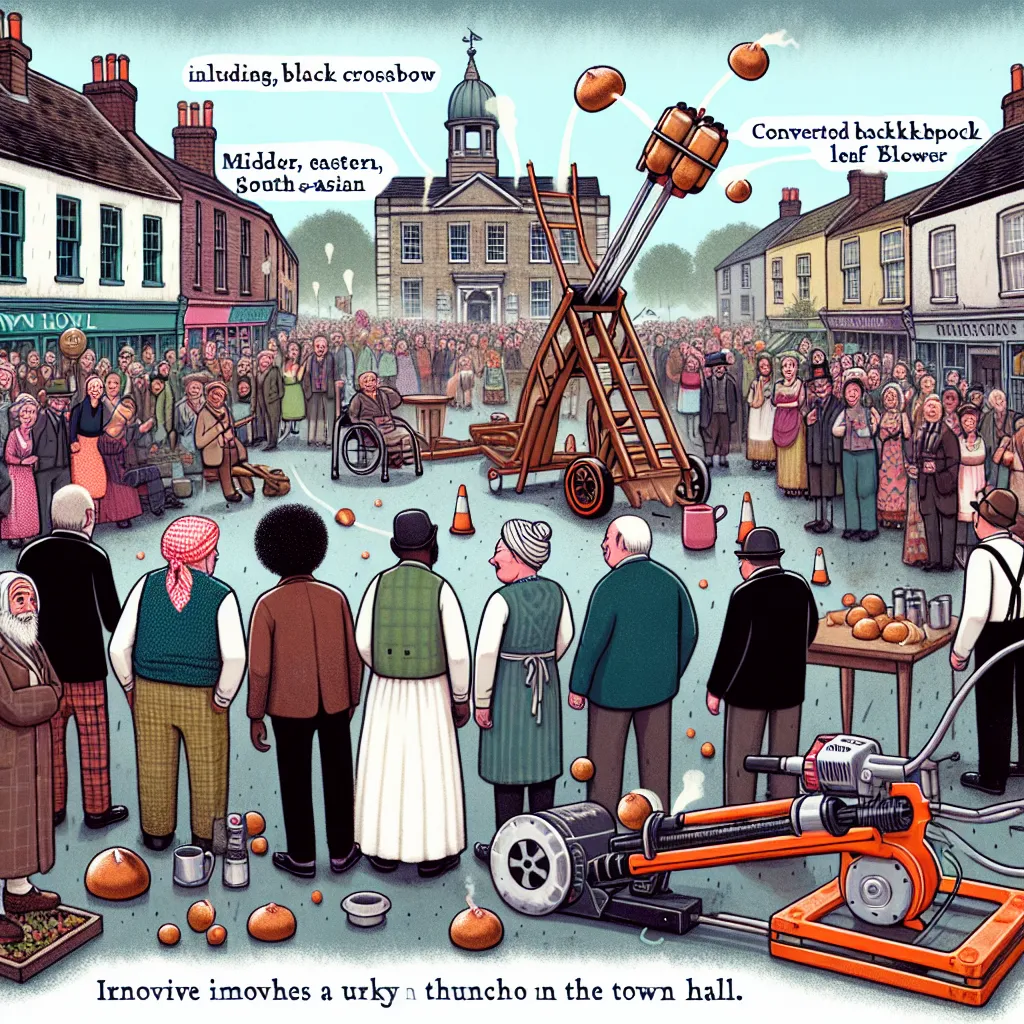As I stand beneath the towering canopy of a redwood forest, the silence is almost palpable. Yet, there’s a growing body of research and speculation that suggests these ancient giants might be communicating in ways that are beyond our auditory range. The idea that trees could be emitting low-frequency sounds or vibrations that influence their surroundings is both fascinating and mysterious, drawing us into a world where science and wonder blend seamlessly.
The Invisible Symphony
Imagine a symphony that plays continuously, yet remains inaudible to human ears. This is the realm of infrasound, frequencies below 20 Hz that are too low for us to hear. Nature is full of such sounds; from the rumble of thunder to the vibrations of the Earth itself. Recent studies have begun to explore whether trees, particularly the majestic redwoods, might be part of this invisible symphony.
When we think of communication in the natural world, we often consider the visible and audible cues: birds singing, leaves rustling, or the chirping of insects. However, the world of infrasound opens up a new dimension. For instance, scientists have discovered that certain types of trees can generate low-frequency vibrations when they are under stress, such as during droughts or when they are injured. These vibrations could potentially serve as a form of communication, alerting other trees or even animals to changes in their environment.
Biological Rhythms and Ecosystems
The concept of biological rhythms is not new, but applying it to trees is a relatively recent area of study. Trees, like many living organisms, have internal clocks that regulate their activities. These rhythms can influence everything from the timing of photosynthesis to the release of chemical signals. For redwoods, these rhythms might be synchronized with the natural environment in ways that are still not fully understood.
Consider the daily cycle of a redwood forest. As the sun rises, the trees begin their photosynthetic activities, absorbing carbon dioxide and releasing oxygen. But what if this process is not just a solitary activity? What if the trees are somehow coordinating their efforts, perhaps through subtle vibrations or chemical signals? This coordination could enhance the overall health and resilience of the forest ecosystem.
Animal Behavior and Tree Interactions
Animals often seem to have an innate understanding of their environment that goes beyond what we can observe. For example, birds will often nest in specific types of trees, and certain insects are attracted to the unique chemical signatures of particular tree species. Could it be that these animals are responding to more than just visual and olfactory cues?
Research has shown that some animals can detect infrasound, using it to navigate or communicate over long distances. Elephants, for instance, use low-frequency rumbles to communicate with each other across vast distances. If trees are emitting similar frequencies, it’s possible that animals are using these signals to navigate their environment or even to find food.
Weather Patterns and Tree Vibrations
The relationship between trees and weather patterns is another area where infrasound might play a role. Trees are known to respond to changes in wind and temperature, adjusting their growth patterns and metabolic activities accordingly. But what if they are also influencing the weather in subtle ways?
Some theories suggest that the collective vibrations of trees could affect local wind patterns or even the formation of clouds. While this sounds like the stuff of fantasy, there is some scientific basis for it. For example, the transpiration of trees – the process by which they release water vapor into the air – can influence local humidity levels and contribute to the formation of clouds.
Exploring the Redwood Canopy
To truly understand the hidden symphony of the redwoods, one must immerse themselves in the forest. Standing beneath these giants, you can feel the energy of the forest floor. The rustling of leaves, the snapping of twigs, and the distant call of birds all contribute to a sensory experience that is both calming and invigorating.
Using advanced recording techniques, researchers have been able to capture the subtle sounds of the forest that are usually beyond our range. These recordings reveal a world of intricate detail, where every sound has a place in the larger symphony. From the gentle hum of insects to the creaking of tree branches, each element adds depth and complexity to the auditory landscape.
The Ethereal Glow of Foggy Mornings
There’s something magical about a foggy morning in a redwood forest. The mist wraps around the trees like a veil, creating an ethereal atmosphere that is both mystical and serene. As the fog lifts, the sounds of the forest come alive – birds chirping, water dripping from leaves, and the distant rumble of a hidden stream.
In these moments, it’s easy to imagine that the trees are indeed whispering secrets to each other, their low-frequency vibrations weaving together into a symphony that is both beautiful and mysterious. Whether or not we can hear these vibrations, the experience of being in such a forest is undeniably powerful, inviting us to ponder the hidden rhythms that govern the natural world.
The Intersection of Science and Mystery
As we delve deeper into the world of tree communication and infrasound, we find ourselves at the intersection of science and mystery. While the scientific method allows us to explore and understand these phenomena, there is still an element of wonder that cannot be fully explained.
This is where the realm of conspiracy and speculation comes in – the idea that there might be more to these trees than meets the eye. Are they communicating in ways that are beyond our comprehension? Are they influencing their environment in subtle but profound ways?
While these questions may seem fantastical, they are rooted in a growing body of evidence that suggests trees are far more complex and interconnected than we previously thought. As we continue to explore the hidden symphony of the redwoods, we may uncover secrets that challenge our current understanding of the natural world and invite us to see the world in a new and fascinating light.
Conclusion
Standing in the shadow of these ancient giants, it’s hard not to feel a sense of awe and reverence. The redwoods are more than just trees; they are guardians of a hidden world, a world that operates on frequencies and rhythms that are beyond our immediate perception.
As we continue to explore this world, we are drawn into a realm where science and mystery blend together. Whether or not we can hear the whispers of the trees, the experience of being in their presence is a reminder of the beauty and complexity of the natural world. And perhaps, just perhaps, there is more life beneath the canopy than meets the ear.






